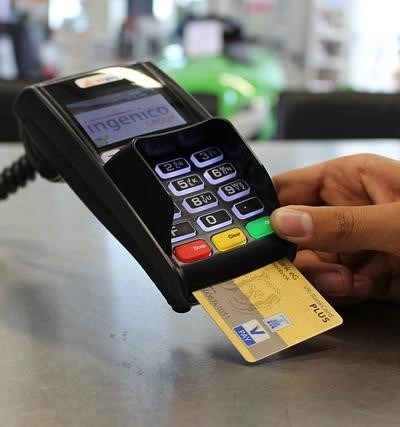
The proliferation of online commerce has unfortunately fostered a parallel rise in unauthorized transactions and online fraud. A significant contributor to this alarming trend is the prevalence of non-Verified by Visa (VBV) card transactions, significantly increasing vulnerability to card-not-present fraud. This article examines the inherent risks associated with this practice and advocates for enhanced digital payment security measures.
Vulnerabilities of Non-VBV Transactions
The absence of VBV verification weakens the crucial layer of e-commerce security risks mitigation. Without this added security protocol, transactions become susceptible to various forms of fraud, including sophisticated phishing scams. Criminals can exploit vulnerabilities in less secure systems to gain access to sensitive cardholder data, leading to widespread data breaches and subsequent identity theft. The consequences can be financially devastating for individuals and businesses alike.
Mitigating the Risks
Prioritizing secure online payments is paramount. Implementing robust payment gateway security is critical. This includes integrating advanced verification methods such as two-factor authentication and employing sophisticated fraud prevention techniques. Strengthening financial security through proactive measures is essential for building trust and confidence in online transactions. Promoting online shopping safety requires a collective effort from merchants, payment processors, and consumers.
Essential Security Practices
- Employing strong cybersecurity practices, including regular software updates and robust firewalls.
- Implementing comprehensive risk mitigation strategies to minimize vulnerabilities.
- Utilizing secure digital wallet security solutions that offer enhanced encryption and fraud detection capabilities.
The shift towards a more secure online environment necessitates a collective commitment to improved digital payment security. The absence of VBV represents a significant security gap that must be addressed proactively through enhanced security protocols and consumer awareness. Promoting a culture of security is vital for safeguarding individuals and businesses from the devastating consequences of online fraud.


This is a timely and relevant contribution to the ongoing discourse surrounding online payment security. The article
The author effectively highlights the critical need for enhanced digital payment security in the face of rising online fraud. The discussion of vulnerabilities associated with non-VBV transactions is well-supported and clearly presented. The suggested mitigation strategies, including the implementation of two-factor authentication and robust fraud prevention techniques, are practical and align with current best practices in cybersecurity. This article serves as a strong call to action for increased vigilance and proactive security measures.
This article provides a concise and insightful overview of the security risks associated with non-Verified by Visa (VBV) transactions. The clear articulation of the vulnerabilities inherent in these transactions, coupled with the practical recommendations for mitigation, makes this a valuable resource for both consumers and businesses operating within the digital commerce landscape. The emphasis on a multi-faceted approach to security, involving merchants, payment processors, and consumers, is particularly noteworthy.